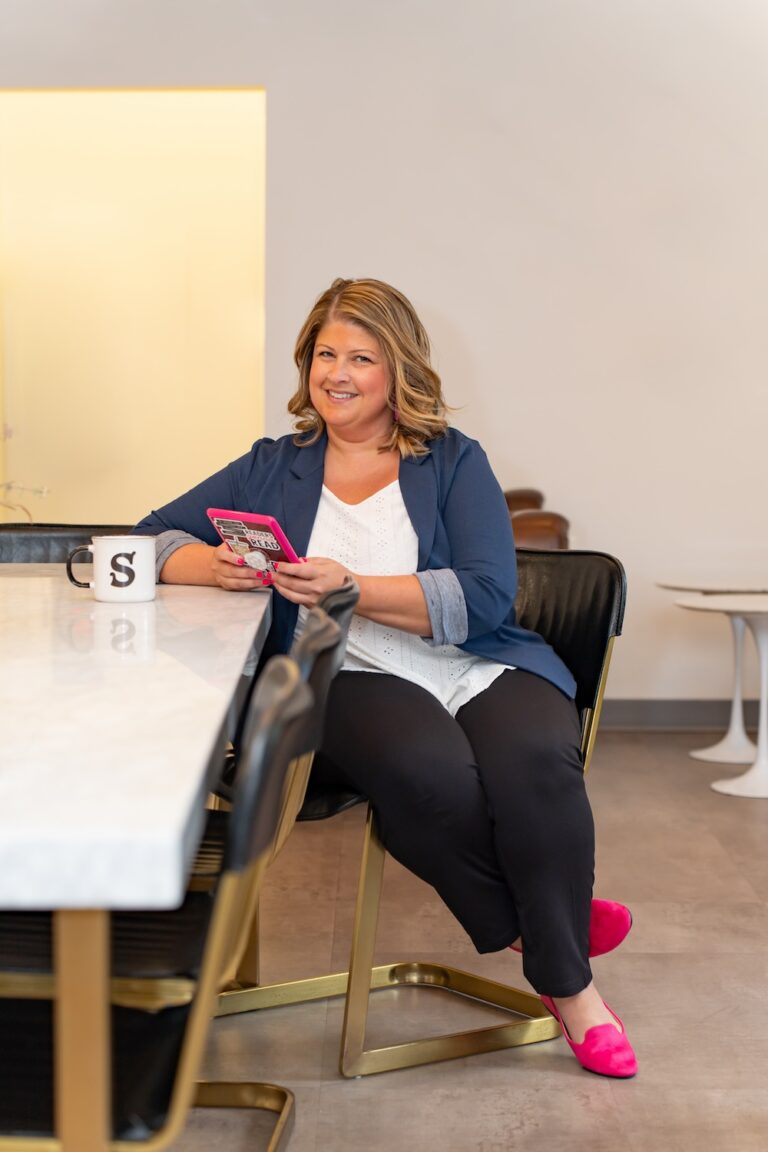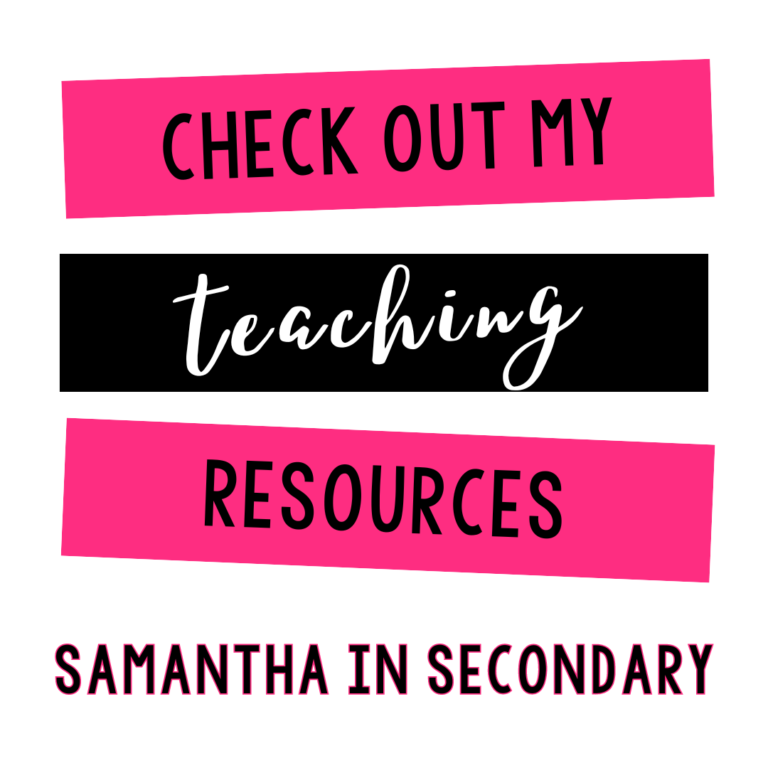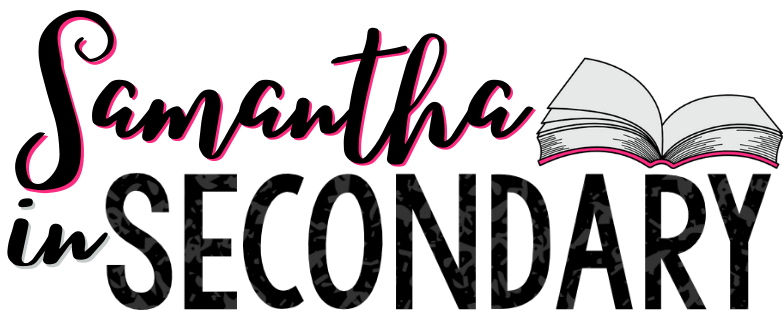Pop Quiz: What do you call the instructional practice where students self-select a book or choose from a list of pre-selected titles before reading it independently and completing some kind of assessment? Did you know that most of the people listening to this podcast right now probably have a different answer? We’re going to dive into this strange conundrum today. Stay tuned.
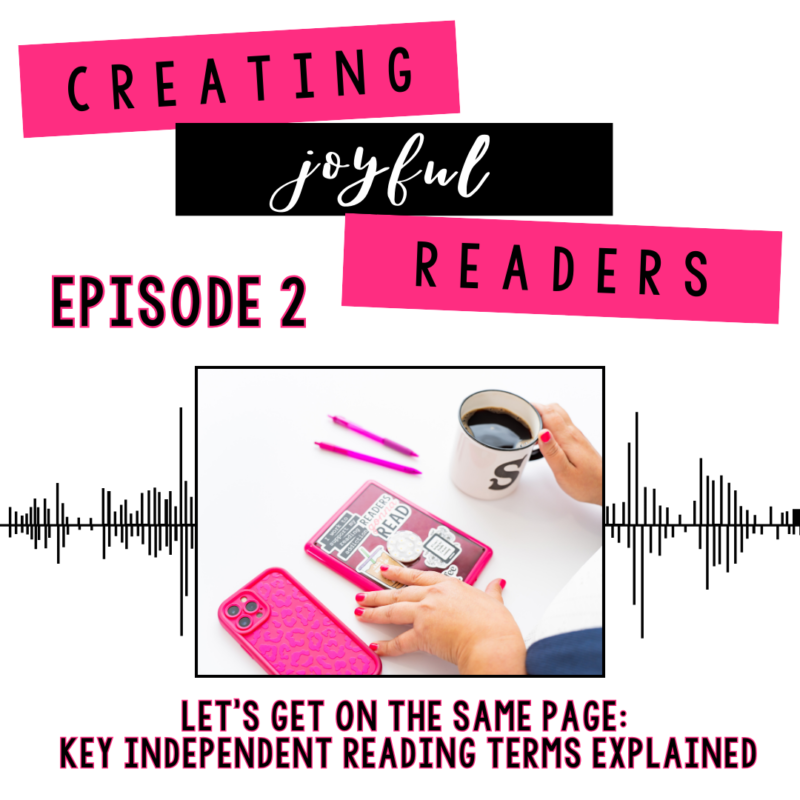
Links & Resources:
Some links referenced here are affiliate links. Supporting the podcast through these links comes at no additional cost to you.
Prefer to read? Open the transcript here.
Samantha 0:00
Welcome back to Creating Joyful Readers. Pop quiz. What do you call the instructional practice where students self select a book, or choose from a list of pre selected titles before reading it independently and completing some kind of assessment? Did you know that most of the people listening to this podcast right now probably have a different answer? We’re going to dive into this strange conundrum today. Stay tuned.
Samantha 0:27
Today’s episode is going to be a little bit different. Because this podcast focuses on a topic that can be implemented in so many ways, I wanted to take some time to define the language we use to discuss it.
Samantha 1:16
Recently, I polled my Instagram audience to ask the same exact question I asked you at the beginning of this episode. I got 20 responses. Do you know how many of them were alike? Two. Some of the responses I received were choice reading unit, book clubs, self selected reading, independent reading, and literature circles.
Samantha 1:37
I could probably do an entire podcast series about how it’s kind of silly that we can’t come to a consensus on what this method is actually called. Since jargon around this instructional practice varies widely, I wanted to take some time to talk through the main terms I’ll be using on this podcast. I fully believe that a strong independent reading practice in your classroom is the hallmark of creating a joyful reader. So we’re going to be discussing this topic often. I thought it was a good use of time to talk through some of the main terms we’ll be using so that we can all get on the same page, so to speak.
Samantha 2:09
The answer to the pop quiz is actually this: there is no one right answer. None of the terms I listed in the beginning of this episode are inherently wrong. But I’m going to refer to the practice as a choice reading unit, independent reading unit, or sometimes I’ll say literature circles. I use these terms interchangeably. You might use the term book clubs or readers workshop, depending on your school or district. These terms aren’t wrong, but I don’t use them often. Overall, we’re talking about the same exact thing. Students pick books by either self selecting or choosing from pre selected options. They read the books independently, and engage in a variety of learning experiences using the material. I’m going to pause here for a moment to address a question I get asked often. There is currently a push for students to just read in the classroom – no assessments, no expectations, just time to read.
Samantha 3:01
I’m not completely against this practice. But I also think that with a looming literacy crisis, this isn’t an effective use of class time for all students. If you have a classroom full of students who are reading on grade level and enjoy the practice, then sure this might work. For most students, the routines and strategies that are built into an independent reading unit are vital. Students need scaffolding to explore what books they might enjoy, how to engage with them as a reader, and how to respond to them. For the majority of today’s students, I don’t think allowing them to just read during class time is effective. Of course, reading for pleasure is an activity that I’m always going to recommend. But during class time, I’m in favor of pairing reading with strong instructional routines.
Samantha 3:46
This brings me to some of the routines that exist inside of an independent reading unit. For instance, some people pair the independent reading practice with a full class unit. Two different types of texts would be used in this case. For the full class unit, we’d use an anchor text if the unit includes a main text. An anchor text is the text that everyone in the class is reading together. It’s called an anchor text because it anchors the unit. These texts are usually meatier and have more to dissect than a typical choice reading text or literature circle text. I will have an entire episode discussing this coming up very soon because I believe it’s an important distinction. You may call this something different, so I wanted to make it clear what I would be calling it throughout the podcast.
Samantha 4:31
When I use the term literature circle discussion, I’m talking about a structured speaking and listening experience where students learn how to discuss the text using provided scaffolds. Depending on the level of experience your learners have. You might start in pairs or small groups instead of attempting a full class literature circles discussion.
Samantha 4:49
One other thing I want to discuss before wrapping up is Lexile level. Lexile is a handy tool that is used to figure out how well a student can read or how challenging a text might be. The Lexile framework was created by meta metrics and measures both students and texts on the same scale. This makes it easy to match readers with texts that are just right for the reading level. I should mention that I don’t believe Lexile is failproof or the end all be all, but it’s a good place to start when discussing matching students to a text. It’s the most widely used tool that I found. So this is the one that I’ll be utilizing on the podcast as well.
Samantha 5:25
Hopefully the short and sweet episode helped to give you a better idea of the terms you can expect when listening to the podcast. In the next episode, we’ll talk about how you can start creating a space that your joyful readers are going to love. Until next time, happy reading.
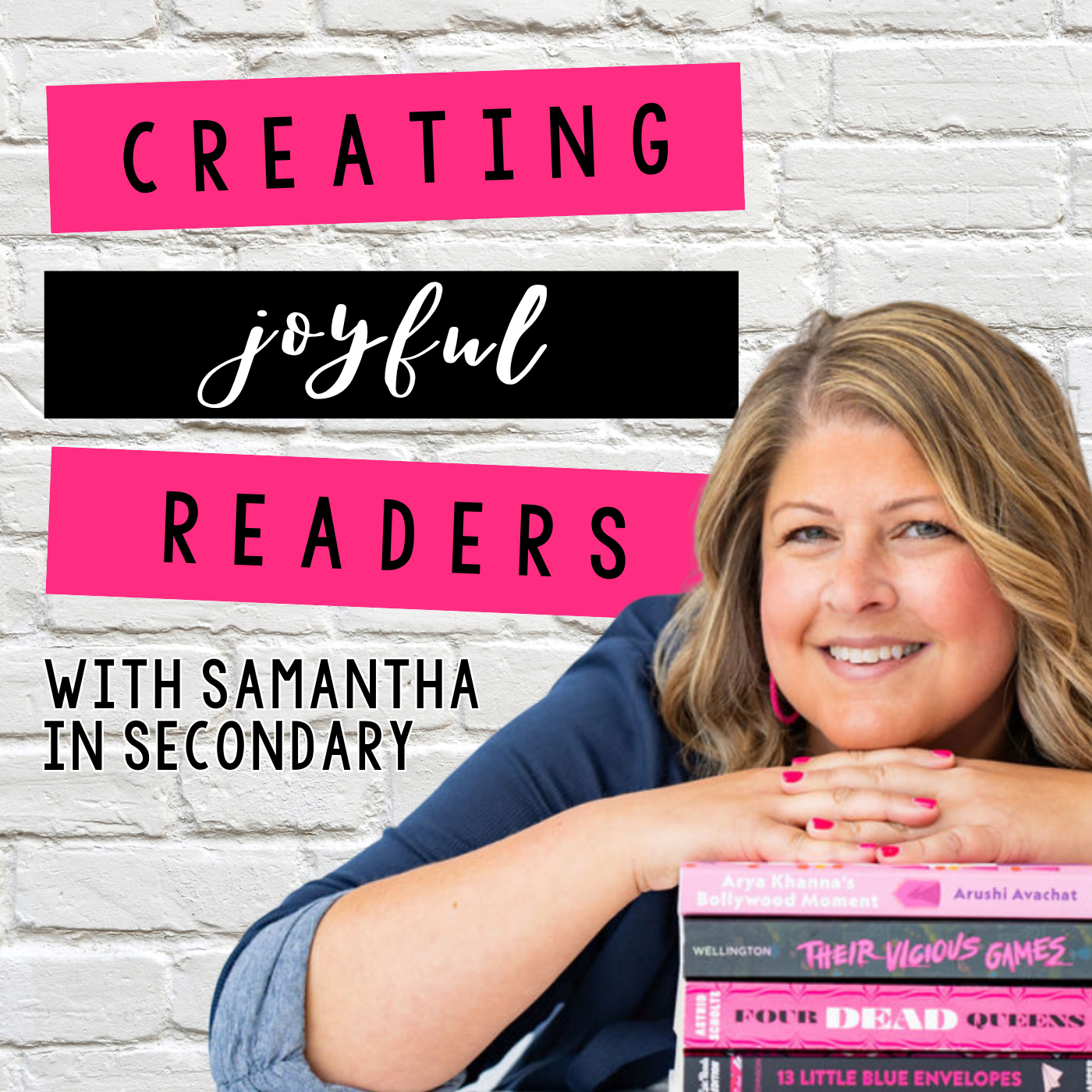
The Podcast
Creating Joyful Readers
It is possible to inspire a lifelong love of reading in secondary ELA students and that’s what the Creating Joyful Readers podcast is all about.
Join us every Monday as we dive into the latest in literacy research, talk about fresh Young Adult book recommendations, and chat fresh strategies to motivate your secondary students to love reading again.
Meet Your Host
Welcome! I’m Samantha, a veteran educator with 15 years of classroom experience and a Masters in Education, dedicated to transforming how students experience reading. My passion lies in empowering ELA teachers to foster joyful, independent readers in their classrooms.
Through this podcast, I’ll share the latest literacy research, practical tips, creative project ideas, and fresh book recommendations, all designed to help you ignite a love for reading in your students and make reading a delightful adventure, not a chore.
